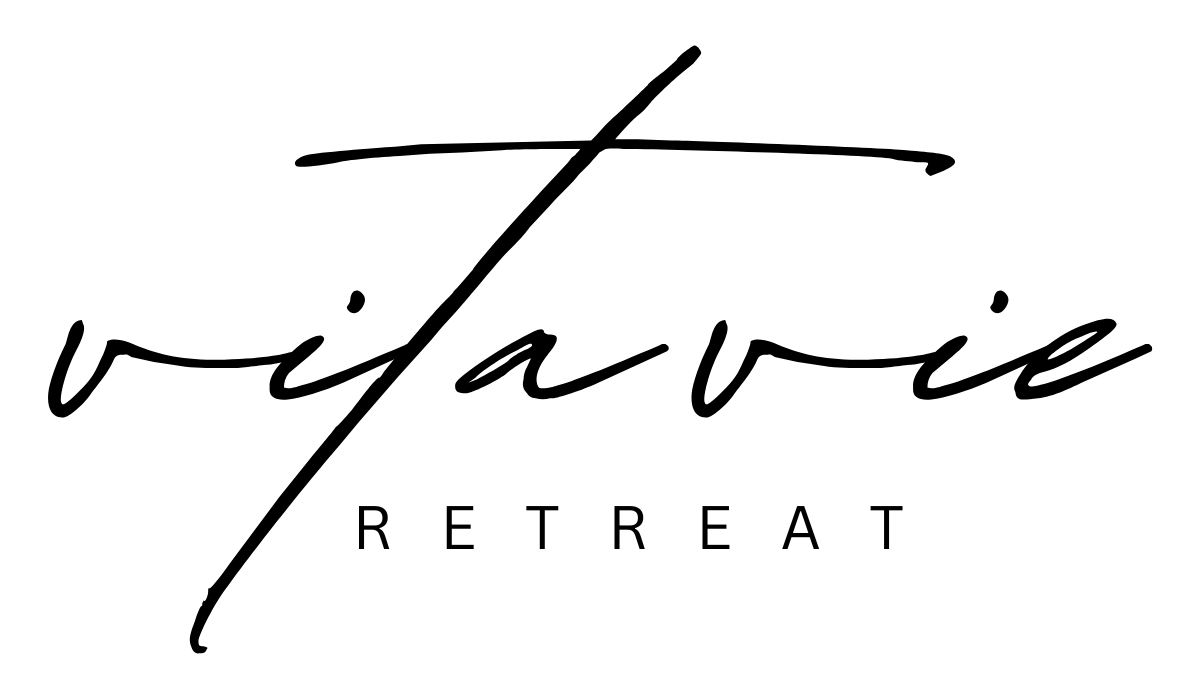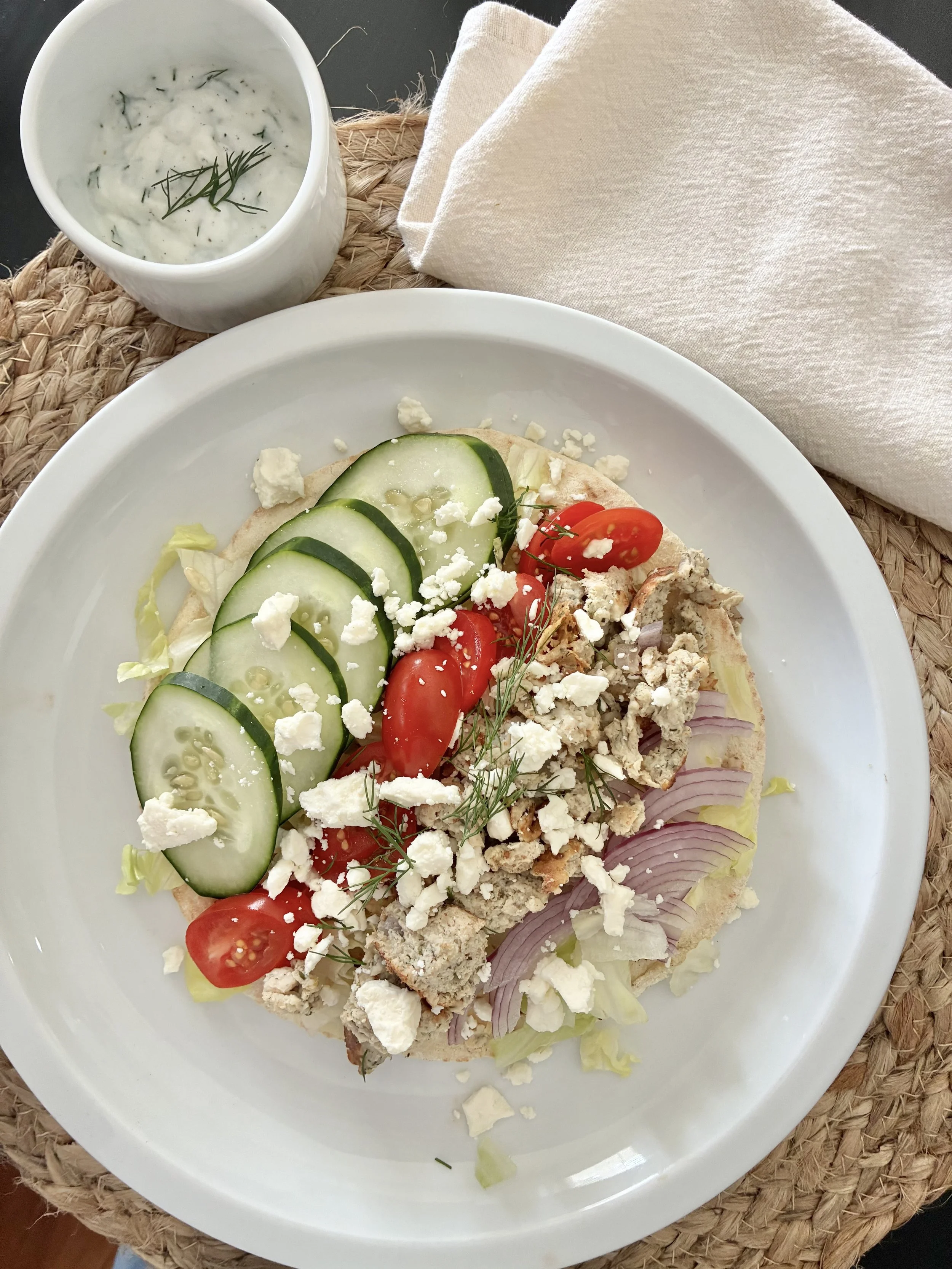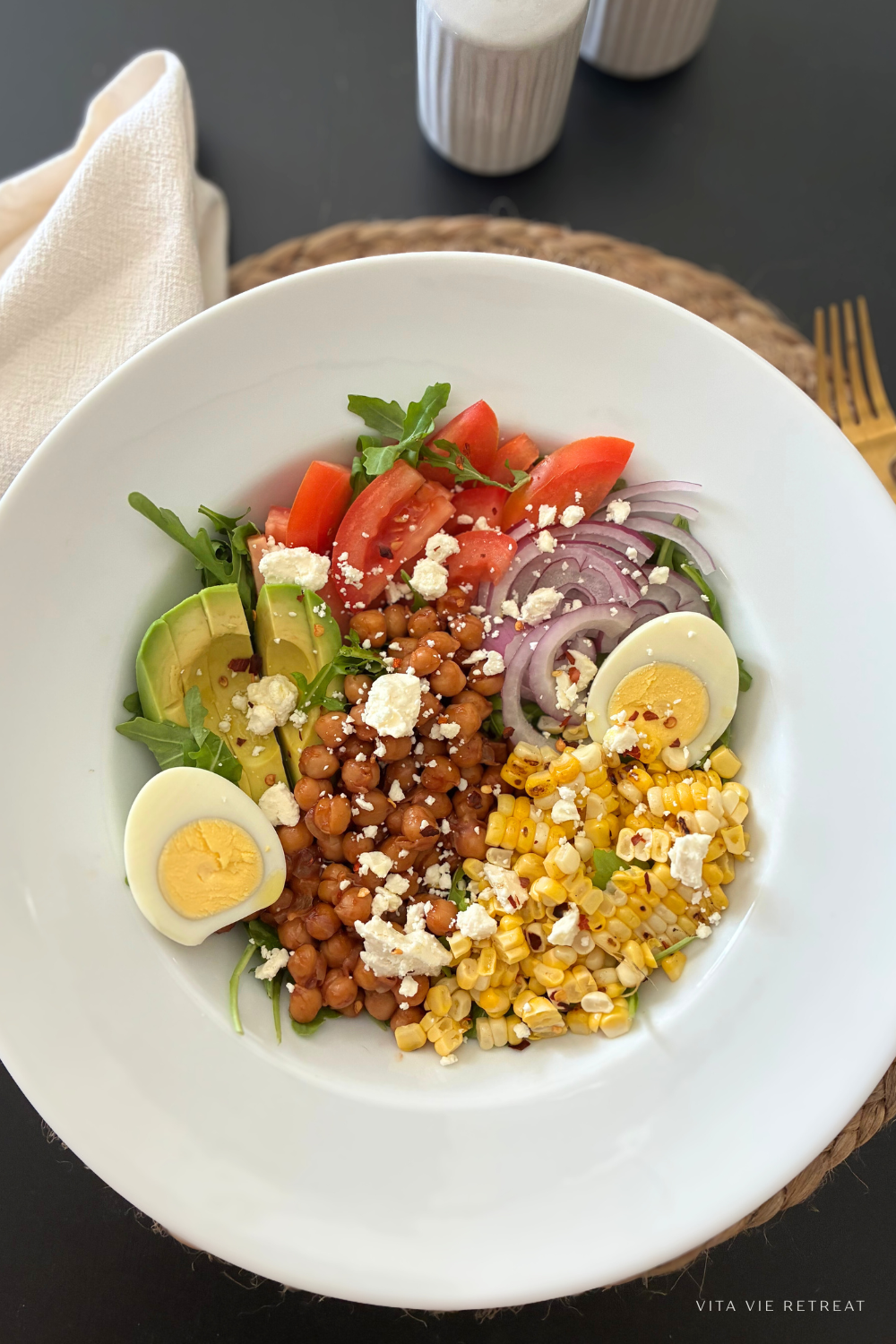High-Protein, Low-Carb Diet for Beginners: A Complete Guide
/The high-protein, low-carb diet has become a go-to strategy for individuals looking to lose weight, boost energy, and improve their overall health. With its focus on prioritizing protein and reducing carbohydrate intake, this diet can help you feel fuller for longer, support fat loss, and maintain lean muscle mass.
If you’ve ever struggled with cravings, fluctuating energy levels, or unsustainable diets, the high-protein, low-carb approach could be the perfect fit. In this guide, we’ll cover everything you need to know about starting this lifestyle—including tips from our High Protein Diet Blueprint for Peak Health and Weight Loss, which offers actionable strategies, meal ideas, and tools for long-term success.
What Is a High-Protein, Low-Carb Diet?
A high-protein, low-carb diet emphasizes increasing your intake of protein-rich foods while reducing the consumption of carbohydrates. Here's a simplified breakdown:
Protein: Typically makes up 30-40% of daily calorie intake, depending on your goals.
Carbs: Reduced to around 20-30% of daily calories, focusing on vegetables and nutrient-dense options.
Fats: Healthy fats fill the remaining 30-40% to provide satiety and energy.
This approach works well for those seeking weight loss, better blood sugar control, and sustained energy. Unlike extreme versions of low-carb diets, such as keto, this plan is more balanced and easier to maintain over time.
Pro Tip: Use the High Protein Diet Blueprint to calculate your ideal macronutrient balance based on your activity level, goals, and personal preferences.
While many people thrive on a higher-protein approach, it isn’t for everyone. Here’s a quick look at who it may—and may not—benefit:
Who a High-Protein Diet May Be Helpful For:
Individuals aiming to build or maintain muscle mass
People trying to lose weight while preserving lean muscle
Those who struggle with feeling full on lower-protein diets
Active individuals or athletes with higher recovery needs
Older adults wanting to support bone and muscle health
Who a High-Protein Diet May Not Be Ideal For:
Individuals with kidney disease or impaired kidney function (unless advised by a doctor)
People with certain liver conditions
Anyone on a medically prescribed low-protein diet
Those who struggle to digest high amounts of animal proteins (may need plant-based swaps)
Benefits of a High-Protein, Low-Carb Diet
Weight Loss and Appetite Control:
Protein helps regulate appetite hormones, keeping hunger at bay. By reducing carb-heavy meals that cause sugar spikes and crashes, you can enjoy steadier energy levels.Muscle Preservation:
When reducing calories for weight loss, protein is critical for maintaining muscle mass. This is particularly beneficial if you're combining your diet with strength training or other workouts.Blood Sugar Regulation:
Reducing processed carbs can stabilize blood sugar levels, which may reduce the risk of type 2 diabetes or support those managing insulin resistance.Improved Metabolism:
The thermic effect of food (TEF) is higher for protein than carbs or fats. This means your body burns more calories digesting and metabolizing protein.
How to Get Started
Set Your Goals:
Identify whether you’re focusing on fat loss, muscle gain, or general health. Your protein intake will vary slightly depending on your goals.
Use tools like the Blueprint's Progress Tracker to monitor results and adjust as needed.
Plan Your Meals:
Focus on building meals around these key components:Protein sources: Chicken, turkey, lean beef, fish, eggs, tofu, cottage cheese, Greek yogurt, protein powder.
Low-carb vegetables: Broccoli, spinach, zucchini, cauliflower, peppers, asparagus.
Healthy fats: Avocado, nuts, seeds, olive oil, coconut oil.
Learn Portion Sizes:
A good rule of thumb is to fill:50% of your plate with low-carb veggies.
25% with lean protein.
25% with healthy fats or small portions of carbs (if needed).
Meal Prep:
Batch-cook proteins and chop vegetables in advance to save time.
Use the Blueprint’s Weekly Meal Planner to create a structured plan and eliminate guesswork.
Stay Hydrated:
Dehydration can sometimes masquerade as hunger. Aim for at least 8 cups of water per day, or more if you’re active.
Sample High-Protein, Low-Carb Day
Here’s an example of a well-rounded day that incorporates high-protein, low-carb principles:
Breakfast:
Greek yogurt bowl with chia seeds, ½ cup mixed berries, and a drizzle of raw honey.
Morning Snack:
Boiled eggs with a side of sliced cucumbers.
Lunch:
Superfood salad: Grilled chicken, avocado, mixed greens, cucumbers, and olive oil dressing.
Afternoon Snack:
Handful of almonds and a stick of mozzarella string cheese.
Dinner:
Grilled salmon served with roasted broccoli and cauliflower rice.
Optional Dessert:
A chocolate protein shake made with almond milk and a dash of cocoa powder.
Get our High Protein Recipe Bundle: The High Protein Recipe Bundle with Meal Plan
Tips for Long-Term Success
Diversify Your Recipes:
Avoid boredom by trying different herbs, spices, and cooking techniques. For instance, swap grilled chicken for baked salmon or roasted tofu.Watch Hidden Carbs:
Many sauces, dressings, and processed snacks contain hidden sugars. Stick to natural, whole-food options.Snack Wisely:
Keep high-protein, low-carb snacks on hand, such as hard-boiled eggs, jerky, or protein bars with minimal added sugar.Plan for Obstacles:
Use the Blueprint’s Troubleshooting Guide to overcome common challenges like cravings or social events.
Potential Challenges and How to Overcome Them
Adapting to Lower Carbs:
Initially, you may feel tired or crave carbs. Combat this with balanced meals and staying hydrated.Cravings:
These can stem from emotional triggers or a lack of protein. Always have a protein-packed snack available to help curb cravings.Dining Out:
Choose meals like grilled meats with a side of non-starchy veggies and ask for dressings on the side.
Beginning on a high-protein, low-carb diet can be a game-changer for your health, weight loss, and energy levels. By focusing on whole, nutrient-dense foods and using tools like the High Protein Diet Blueprint, you’ll be well-equipped to achieve your goals without feeling restricted or overwhelmed.
Taking Action: How to Get Started on a High-Protein Diet
Start with breakfast. Add protein first thing in the morning — Greek yogurt, eggs, or a protein shake are easy wins.
Prioritize protein at every meal. Aim to make protein the star of your plate — chicken, fish, tofu, turkey, eggs, beans, or lean beef.
Snack smart. Swap chips or crackers for protein-rich options like cottage cheese, hummus with veggies, or a handful of nuts.
Use convenient options. Keep canned tuna, rotisserie chicken, or protein powder on hand for quick meals.
Plan ahead. Prep one or two high-protein staples each week (like grilled chicken or hard-boiled eggs) so you always have options ready.
Think balance. Pair protein with veggies and healthy fats to feel full and energized — not just full of protein alone.
Remember: you don’t have to overhaul your whole diet at once. Start by adding one extra serving of protein per day and build from there. Small, consistent changes lead to big results.
Keep Exploring: Next Steps
Ready to read & learn more? Here are a few resources to keep the momentum going:
📌 Related Posts
✓ Done-for-You Guides
The High Protein Reset → done-for-you complete program with meal plans, resources & more
High Protein Recipe Bundle with Bonus Meal Plan → over 150 recipes
How the High Protein Diet Blueprint Helps
Our High Protein Diet Blueprint for Balanced Blood Sugar and Weight Loss is designed to take the guesswork out of this lifestyle.
Whether you’re just starting out or need guidance to stay on track, the Blueprint has everything you need to make the high-protein, low-carb lifestyle a success.
Get the 8 week guided high protein experience with done for you meal plans, nutrition guidance & education, blood sugar management, tracking tools and so much more!






















